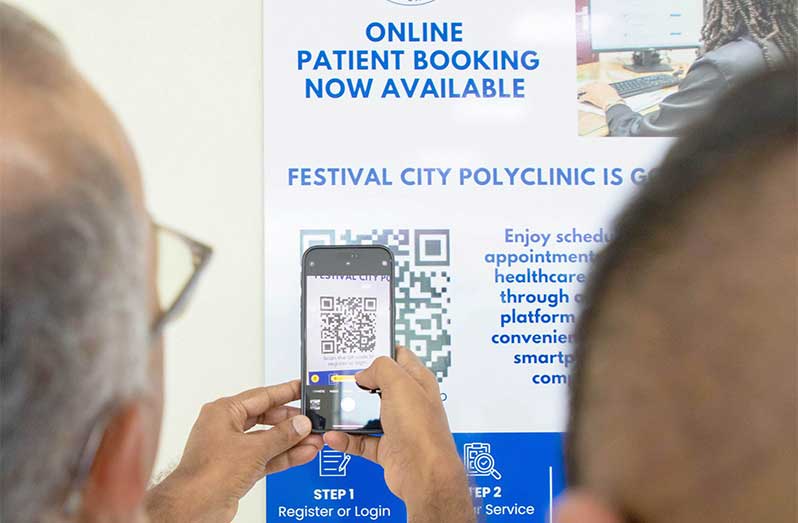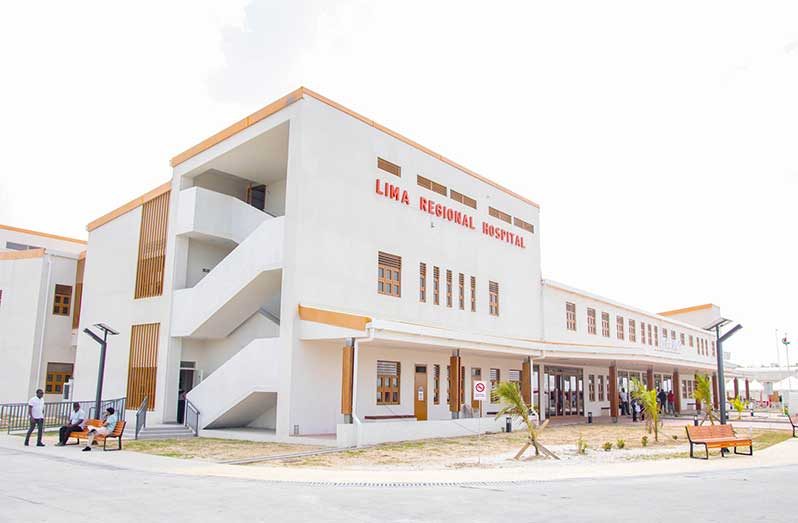— major infrastructure, training, and technology investments driving Guyana’s healthcare revolution
SENIOR Presidential Adviser on Science and Healthcare Modernisation, Dr. Mahendra Carpen, has credited the government’s bold investment in health with transforming the sector at an unprecedented pace, noting that Guyana’s current trajectory reflects a modern, equitable, and patient-centred system that is rapidly catching up with international standards.
Speaking on the country’s ongoing health reforms, Dr. Carpen pointed out that the Ministry of Health received more than $145 billion in this year’s national budget, while a separate GY$35 billion allocation was specifically directed toward healthcare modernisation. He described this as a “big jump” compared to the resources available in 2019, underscoring the administration’s philosophy that “the health of a nation is its true wealth.”
FOUR AREAS OF DEVELOPMENT
According to Dr. Carpen, the government’s health development strategy is anchored on four key pillars: Infrastructure development, Human resource capacity building, Technology incorporation, and Research and data-driven management.
He explained that significant strides have already been made in the first area, with the construction and operationalisation of several new hospitals across the country. These facilities, he said, are strategically located to reduce travel time for patients, particularly those in remote or underserved areas, allowing them to access life-saving treatment much faster than before.
“The development of healthcare in Guyana is very rapid when compared to the normal pace of doing things,” Dr. Carpen stated, noting that President Dr. Irfaan Ali’s leadership has created “a motus of leapfrogging the society in every aspect of development.”
Dr. Carpen emphasised that while many nations develop incrementally over decades, Guyana is taking a faster, more dynamic approach in order to close historical gaps in healthcare delivery.
“Guyana is starting from decades behind the rest of the world, so in order to catch up we have to move very fast,” he said. “Mistakes will happen along the way, but they give us the opportunity to assess, correct, and improve.”
He praised the support from government decision-makers, which he said has been instrumental in driving the ongoing reforms and ensuring the implementation of policies that benefit the population at large.
EQUAL ACCESS TO HIGH-QUALITY CARE
Responding to questions about whether the private sector is keeping pace with the rapid improvements in public healthcare, Dr. Carpen noted that the gap between the two is now narrowing.
“In the past, the private sector was always ahead,” he said. “But in the last two to three years, we’ve seen an equalisation of services and infrastructure between public and private care.”
He highlighted the Georgetown Public Hospital Corporation (GPHC) as a prime example of this progress. “When a patient suffers a heart attack, they can be taken from the emergency room to the cath lab for an angiogram, stent placement, or bypass surgery — and it’s all done free of charge to the patient,” he explained.
“This level of care is available in the private sector as well, but at a cost. What we are doing in the public system is providing the same quality of treatment, but at no financial burden to the patient. Very few countries in the Caribbean can make that claim.”

Dr. Carpen also outlined ongoing efforts to train more nurses, technicians, and medical personnel, including partnerships with established local and international institutions for advanced professional development.
He said success in the health sector is measured not only by infrastructure, but by patient satisfaction and outcomes, both of which have improved as the system becomes more efficient and technology-driven.
With continued investments in modern equipment, digital record systems, and clinical training, Guyana’s healthcare system is being steadily redefined — transforming from one that was once under-resourced to one that now prioritises accessibility, innovation, and excellence in public service.



.jpg)








